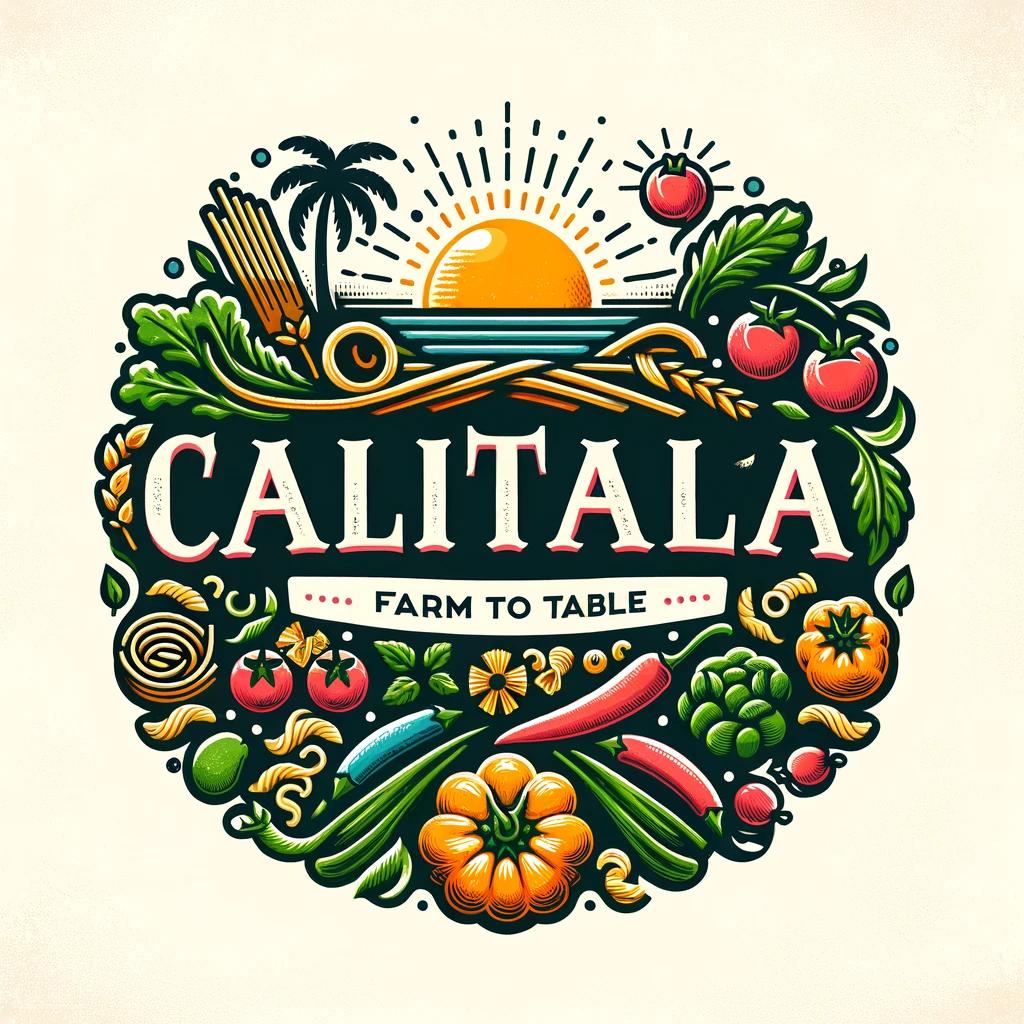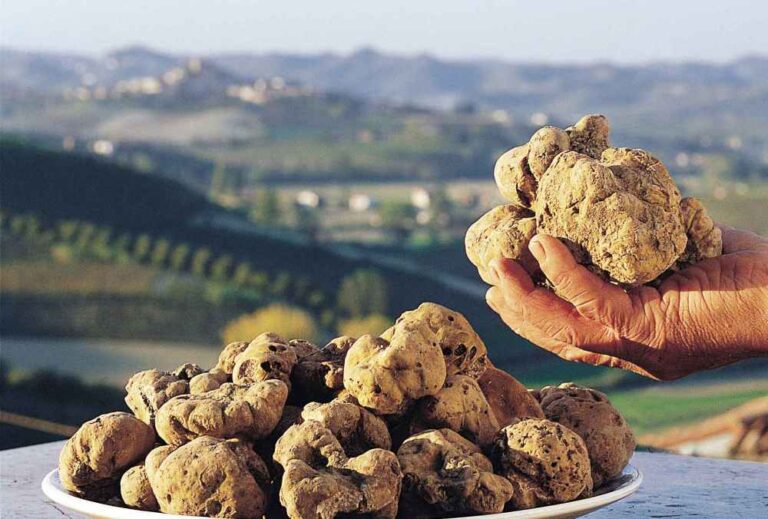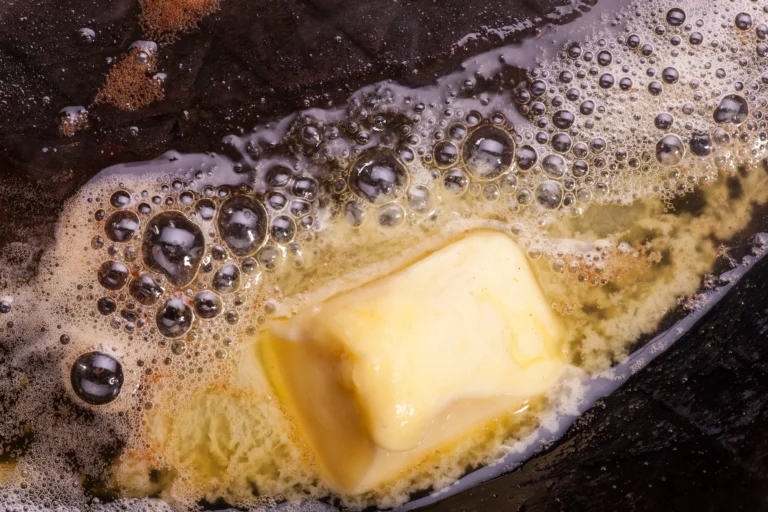The story of Italian immigrants in America is a tale rich in culture, resilience, and, most notably, delicious cuisine. When waves of Italian immigrants arrived on the shores of the United States between the late 19th and early 20th centuries, they brought with them more than just hopes for a new beginning.
They carried the flavors of Italy, transforming the American culinary landscape forever.
This article delves into the heart of Italian-American culinary tradition, exploring the iconic dishes that Italian immigrants introduced to America and how these foods have become staples in the diet of many Americans today.

Food Italian immigrants brought to America
Italian immigrants brought a rich variety of their culinary traditions to America, significantly influencing American food culture. Key contributions include pasta, with dishes like spaghetti and meatballs becoming staples.
Some Food Italian immigrants brought to America are Pizza underwent a transformation, evolving into various American styles like the New York slice and Chicago’s deep-dish. Risotto, a creamy rice dish, also made its mark, particularly in upscale Italian restaurants.
Italian cheeses such as Mozzarella, Ricotta, and Parmesan became integral to American cooking, used in a wide range of dishes. Italian deli meats like salami, pepperoni, and prosciutto were embraced, often featured in sandwiches and antipasto platters.
Lastly, desserts like gelato, tiramisu, and cannoli gained popularity, adding a sweet touch to the American palate. Overall, Italian immigrants introduced not just recipes but a culinary philosophy emphasizing quality ingredients and the joy of shared meals, creating a unique fusion in American cuisine.
Here’s a concise list of the key foods Italian immigrants brought to America:
Pasta and Its Proliferation
One cannot discuss the impact of Italian cuisine in America without mentioning pasta. Food Italian immigrants brought to America and introduced various pasta dishes, with spaghetti, lasagna, and ravioli becoming household names. These dishes were not only cherished for their taste but also for their versatility and affordability. Over time, pasta has evolved into an American comfort food, with each region adding its unique twist to traditional recipes.
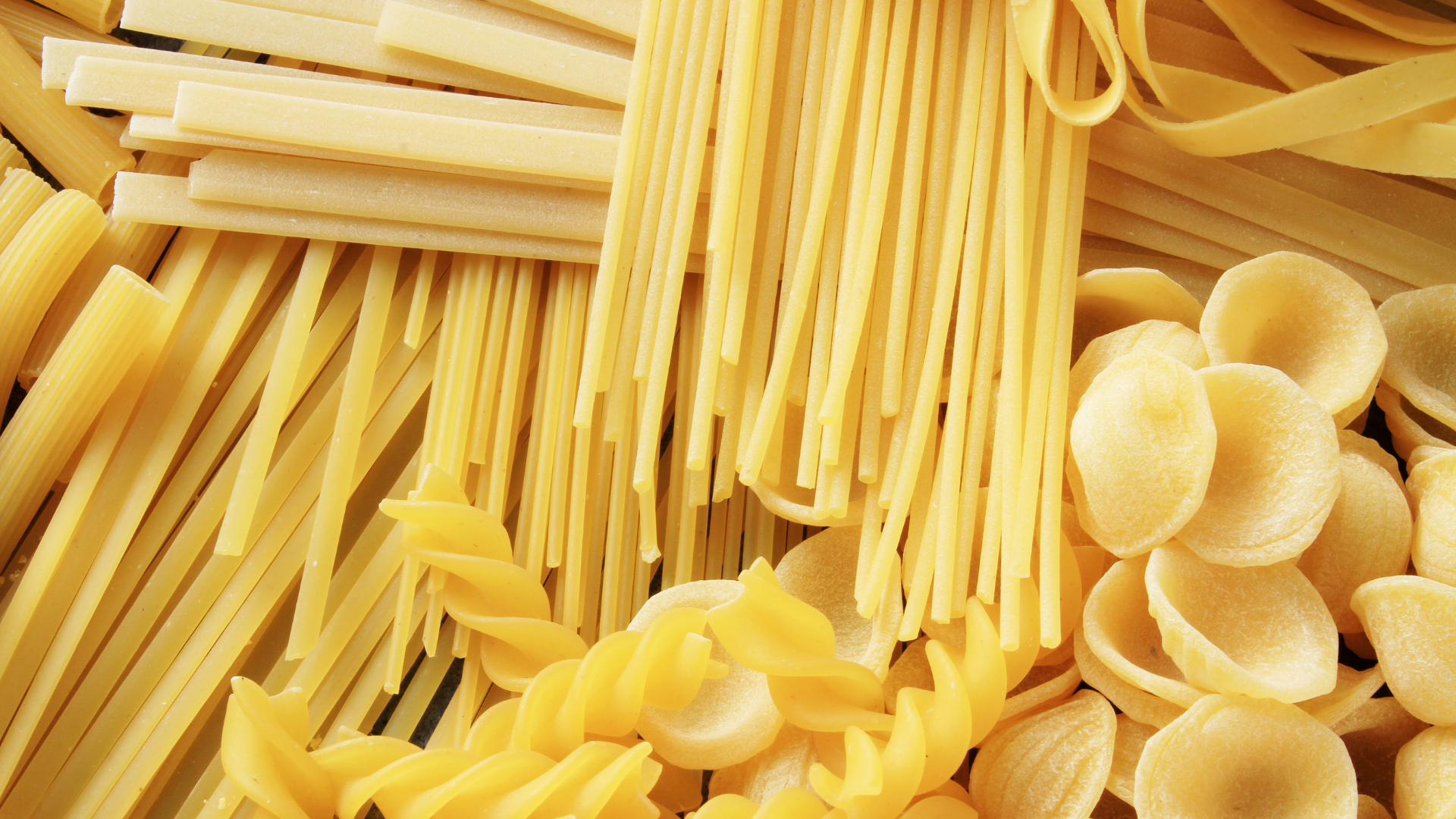
Pizza: A Slice of Italian Heritage
Pizza, perhaps the most iconic of Italian culinary exports, underwent a transformation upon its introduction to America. Initially, pizza was a simple dish made by Italian immigrants using ingredients available to them. However, it quickly became a favorite across the nation. The evolution of pizza led to the creation of distinct styles, such as New York thin crust and Chicago deep-dish, each reflecting the diversity of American taste preferences.

Olive Oil: Liquid Gold
Olive oil, referred to by many as liquid gold, was another precious commodity brought by Italian immigrants. Its use transcended cooking, becoming a staple in American kitchens for its flavor and health benefits. Olive oil revolutionized the way Americans thought about fats in their diet, highlighting the importance of quality and tradition in culinary practices.
Garlic: The Aromatic Wonder
Garlic, with its robust flavor and aromatic qualities, became a cornerstone of Italian-American cooking. Italian immigrants used garlic liberally, introducing Americans to its health benefits and versatility in dishes ranging from pasta sauces to marinades. Today, garlic is celebrated for its ability to elevate the flavor profile of any dish, embodying the essence of Italian culinary philosophy.

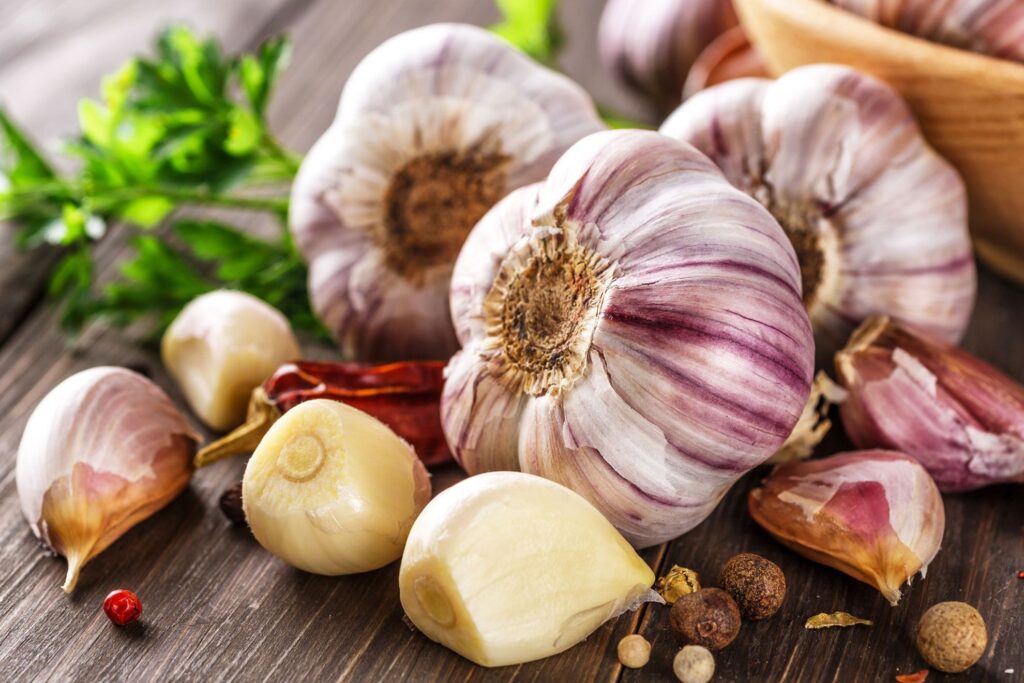
Cheese: A Taste of the Italian Countryside
The introduction of Italian cheeses like mozzarella, Parmesan, and ricotta changed the American cheese landscape. These cheeses, integral to many Italian recipes, became beloved for their texture and depth of flavor. Italian immigrants not only popularized the use of these cheeses in cooking but also set the stage for artisanal cheese production in America.

Tomatoes: The Red Gold
Tomatoes, now a staple in American kitchens, were popularized by Italian immigrants who used them extensively in their cooking. From fresh salads to rich, hearty sauces, tomatoes became synonymous with Italian cuisine. The versatility of tomatoes allowed them to be incorporated into a wide range of dishes, cementing their place in American culinary tradition.
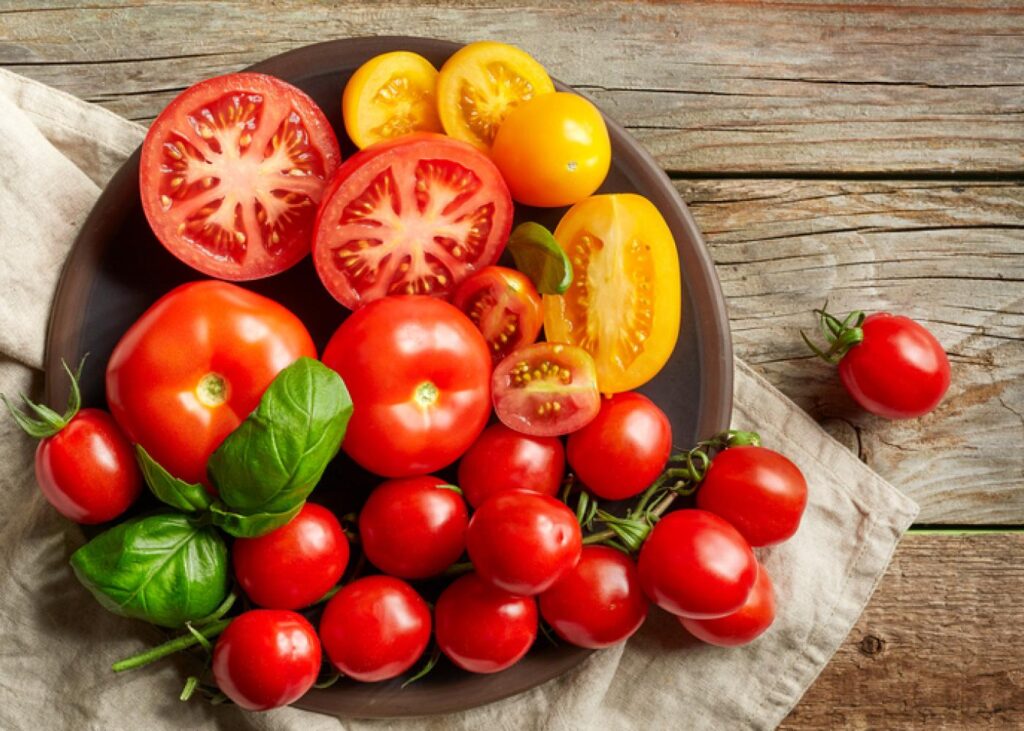
The Influence of Italian Meats and Sausages
Italian immigrants brought with them a tradition of cured meats and sausages that have significantly influenced American eating habits. Salami, prosciutto, and mortadella are just a few examples of Italian meats that have found their way into American delis and kitchens. These meats are celebrated for their complex flavors and artisanal production methods, embodying the Italian emphasis on quality and tradition. Over the years, they have become staples in sandwiches, antipasto platters, and as flavor enhancers in a variety of dishes.

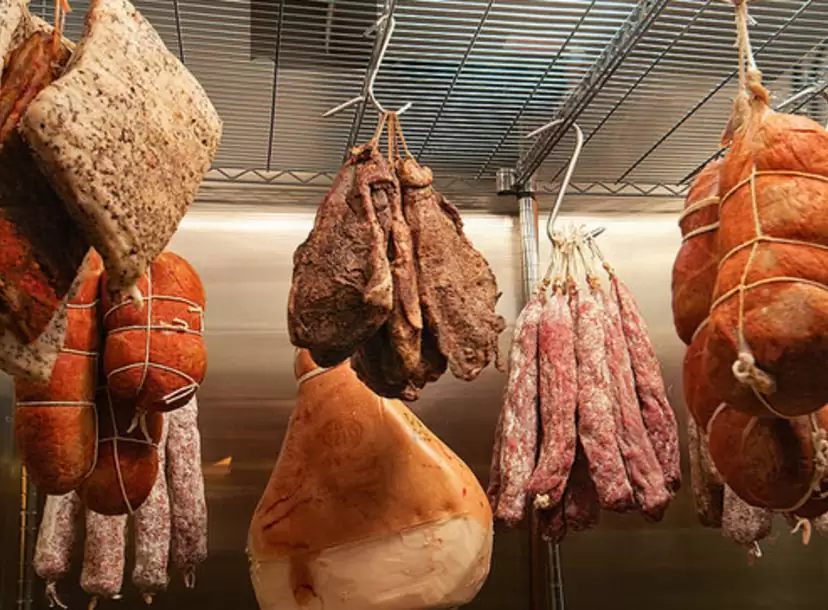

Gelato and Italian Desserts
The introduction of gelato to America by Italian immigrants marked the beginning of a nationwide love affair with this creamy dessert. Unlike its American counterpart, ice cream, gelato is denser, richer, and less fatty, offering a more intense flavor. Italian desserts such as tiramisu, cannoli, and panna cotta have also stolen the hearts of many Americans. These desserts showcase the Italian flair for combining simple ingredients to create exquisite flavors, further cementing the influence of Italian cuisine in America.

Espresso and Italian Coffee Culture
Italian immigrants introduced not just food but also the ritual of espresso to American culture. This strong, concentrated coffee became the foundation of what is now a thriving coffee culture in the United States. Cafés and espresso bars, inspired by Italian traditions, have become gathering places for coffee enthusiasts across the country. The popularity of espresso has led to the creation of various coffee drinks, such as lattes and cappuccinos, further integrating Italian coffee culture into American society.

The Role of Italian Vegetables and Herbs
The Italian immigrant influence extends to the use of fresh vegetables and herbs in cooking, promoting a diet that emphasizes freshness and seasonality. Ingredients like basil, oregano, and rosemary, along with vegetables such as zucchini, eggplant, and bell peppers, have become essential in American cooking. These ingredients are key to many Italian dishes and have encouraged a greater appreciation for garden-fresh produce in the United States.
Wine: The Spirit of Italian Conviviality
Italian immigrants also introduced America to the culture of wine drinking, emphasizing wine’s role in dining and social gatherings. Italy’s rich winemaking tradition found a new home in America, where Italian varietals and wine-making techniques have flourished. This has led to the emergence of renowned wine-producing areas in the United States that draw inspiration from Italian grapes and methods, further blending Italian and American traditions.

Preserving Tradition While Embracing Innovation
The journey of Italian cuisine in America is a story of preservation and innovation. Italian immigrants have been steadfast in maintaining the integrity of their traditional dishes while also embracing the diversity and dynamism of American culinary culture. This blend of tradition and innovation has resulted in a unique Italian-American cuisine that honors its roots while continuously evolving.
The influence of Italian immigrants on American cuisine is profound and enduring. The flavors, ingredients, and traditions they brought with them have been woven into the fabric of American food culture, creating a culinary tapestry that celebrates the best of both worlds. As we continue to enjoy and explore Italian-American cuisine, we pay tribute to the remarkable contribution of Italian immigrants to America’s culinary diversity.
Embracing the Future with Traditional Flavors
Looking forward, the legacy of Italian cuisine in America is set to continue its influence as new generations of chefs and food enthusiasts draw inspiration from this rich culinary tradition. The principles of quality, simplicity, and community that define Italian cooking are more relevant than ever in today’s food landscape, promising a future where Italian-American cuisine continues to thrive and inspire.

Italian immigrants have gifted America with a culinary heritage that is both timeless and dynamic. As we savor each dish, we celebrate the spirit of Italy and the indelible mark it has left on American cuisine. The journey of Italian food in America is a beautiful example of how cuisine can bridge cultures, connect communities, and enrich our lives.
Conclusion
The culinary legacy of Italian immigrants in America is a testament to the enduring power of food to connect cultures and communities. The dishes and ingredients introduced by Italian immigrants have become integral to American cuisine, celebrated for their flavors, history, and ability to bring people together. As we savor these Italian-American dishes, we pay homage to the immigrants who, with their resilience and culinary prowess, have enriched the American culinary landscape.
